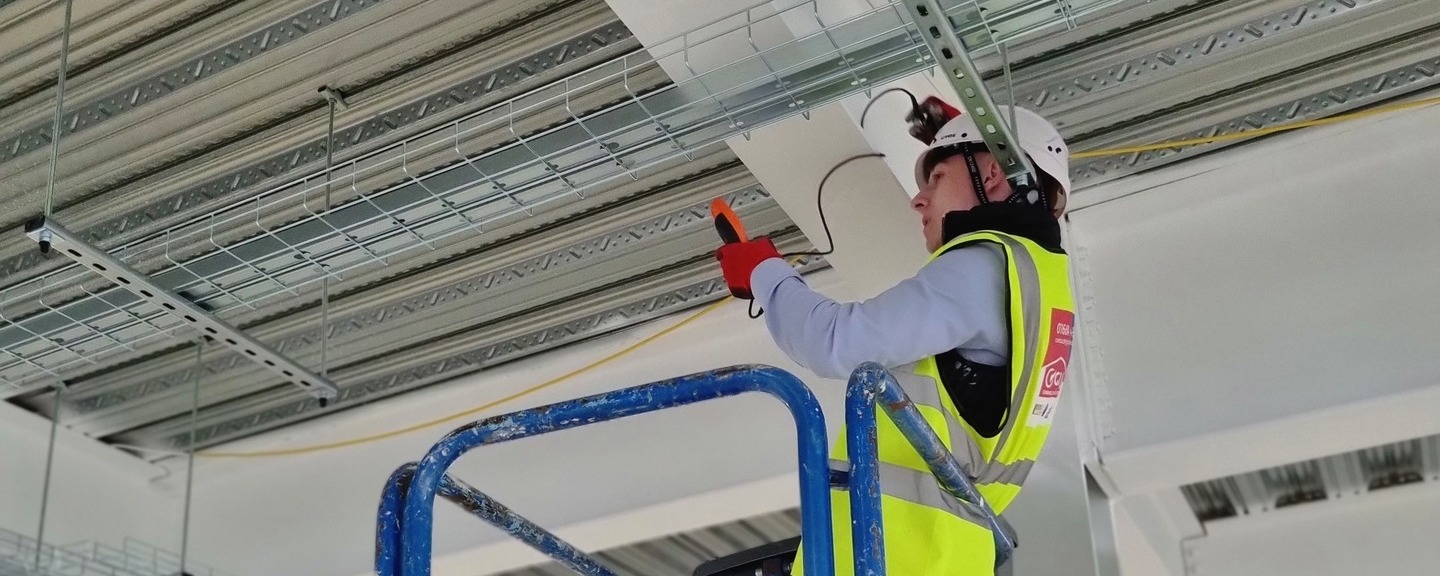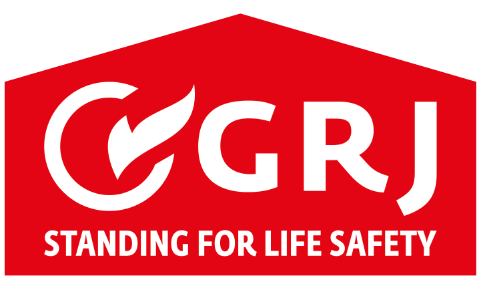Intumescent Materials and Their Application
Posted on 1st August 2023
Intumescent materials are a vital element of your passive fire protection. They are categorised as substances that expand and swell when in contact with high heat.
This chemical property means intumescent coatings can be successfully used to seal penetrations in fire resistant walls, floors and ceilings as well as protect structural steel elements.
The use of intumescent materials guarantees that in the event of a fire smoke and flames don’t spread through the building and effective compartmentation is maintained.
What are the Different Types of Intumescent Materials?
Intumescent coatings normally come in the form of paint that is brushed or sprayed on the structural steel in your building to offer protection. Depending on the amount of time they can withstand they are divided into different categories. Specifications up to 120 minutes are usually suitable for most projects, but more fire-resistance time might be required in areas of high risk.
The common types of intumescent paints depending on their composition are:
Water-based
Solvent-Based
Epoxy

Correct Specifications and Application
To function effectively intumescent coatings should have enough space to expand in order to protect the steel underneath. Incorrect application and design can jeopardise the load-bearing capabilities of the steel.
Here are some of the key points to remember for the successful use of intumescent paints in your building:
Make sure you detail the correct products for the conditions.
Ensure you’re familiar with the product’s test certifications and you’re using a coating that meets the needed requirements (e.g. 30, 60, 90 or 120 minutes of fire resistance). Different parts of a building will need different rates of passive fire protection.
Follow the correct application method including the number of coats, primer and protective coatings.
Make sure the substrates are suitable for applying an intumescent coat. Structural steel beams will often be treated with different materials to prevent rust, which means that certain products might not stick to them. Always check that the product you’re planning to apply is suitable.
If your beams are arriving pre-coated with intumescent paint, check if there has been any physical damage caused during transit and any if you might need to reapply a coating.
Check if different finishes will have an effect on the performance of an intumescent coating.
Close attention needs to be paid to junctions for example between a fire-boarded column and an intumescent coated steel beam.
Important Factors to Consider When Applying Intumescent Coatings
When applying intumescent materials there are various factors to keep in mind. Two of the most important pieces of information are:
Intumescent paints shouldn't be applied in temperatures below 5ºC or above 30 ºC. Constant exposure to sun can cause issues with the paint as the surface can reach high temperatures.
Intumescent coatings do not retain their properties forever. The application process, weather exposure and conditions, and the use of a sealant can influence the effectiveness of intumescent products. This is why it’s essential to carry out regular structural steel fire protection surveys.
How GRJ Can Help
As part of our structural steel surveying process, we inspect your existing intumescent coatings to ensure that they are applied in compliance with the standards. Following your survey our trained and certified passive fire protection consultants suggest the next steps needed to ensure the safety of your building.
Get in touch with our team today and see how we can keep your properties and their occupants safe!
Where to Find Us
Contact Our Team
For more information about our services, please fill in the form below and a member of our team will be in touch.
Share this post:















